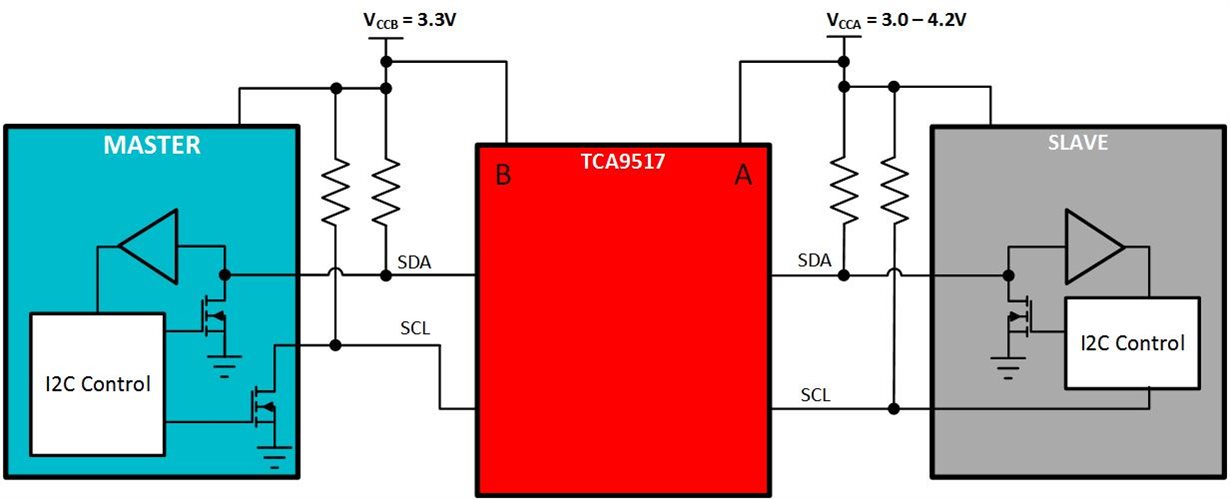Hi,
I'm looking for a level shifter to use in my battery application. I have a fuel gauge connected to a lithium-polymer battery with a voltage range from 3V to 4.2V on one side, which needs to communicate with a fixed 3.3V powered MCU on the other side through I2C.
When I was searching for parts, their datasheets always specify that VCCA must be less than or equal to VCCB, which won't be the case for my application.
Does anyone know any level shifters that can work for me?
Any help is appreciated!


